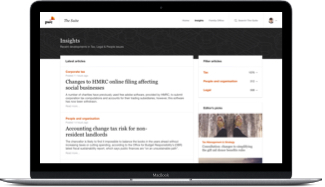Automation is set to impact UK jobs in three waves, with the biggest impact expected in the late 2020s to mid 2030s, according to new research by PwC. Up to 30% of UK jobs could be potentially impacted by automation by the early 2030s, but this will affect different types of workers and industries at different times.
PwC’s economists have identified three overlapping waves of automation: the algorithm wave, the augmentation wave and the autonomy wave. The research analysed the tasks and skills involved in the jobs of over 200,000 workers across 29 countries, including over 5,500 workers in the UK.
The study suggests that more women will initially be impacted by the rise of automation, whereas men are more likely to feel the effects in the third wave by the mid-2030s. This is due to the types of tasks that are more susceptible to automation and the current gender profiles of employment by sector.
| Wave | Cumulative % of UK jobs that could be impacted by automation | % of women that could be impacted | % of men that could be impacted |
| Algorithm wave - to early 2020s | 2-3% | 4% | 1% |
| Augmentation wave - to late 2020s | 20% | 23% | 17% |
| Autonomy wave - by mid 2030s | 30% | 26% | 34% |
Source: PwC estimates for the UK based on OECD PIAAC data
John Hawksworth, chief economist at PwC, commented:
“We don’t believe that automation will lead to mass technological unemployment by the 2030s, any more than it has done in the decades since the digital revolution began. In the long run, AI, robotics and related technologies should not only make a significant contribution to UK GDP of up to 10%, but should also generate enough new jobs to broadly offset the potential job losses associated with automation.
“But we should not be complacent about the coming waves of automation: there will be challenges to many workers to adapt to these changes through enhancing their skills and retraining for new careers in some cases. Governments, businesses, trade unions and educational providers will all have a role to play in helping people through this transition.”
